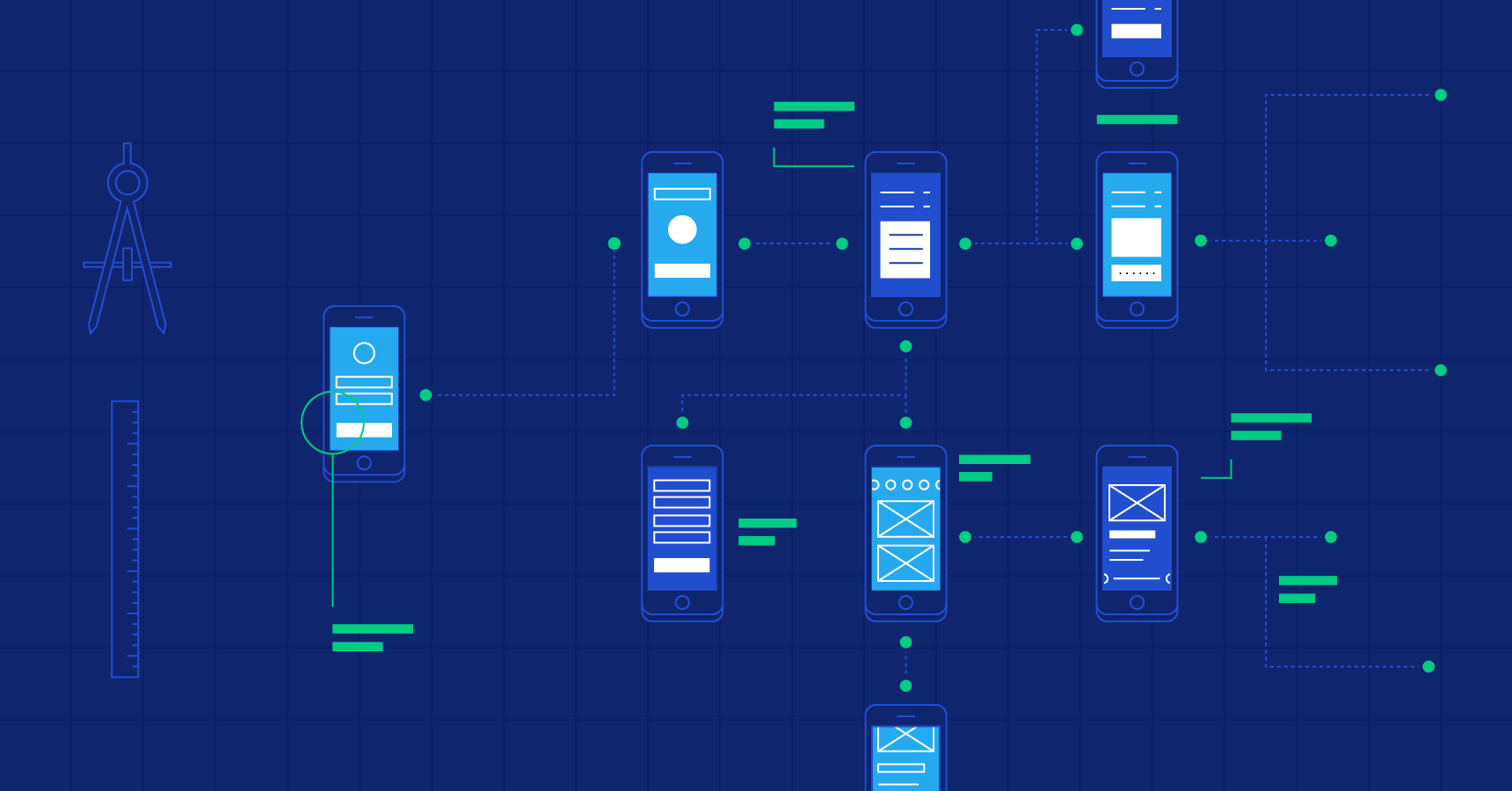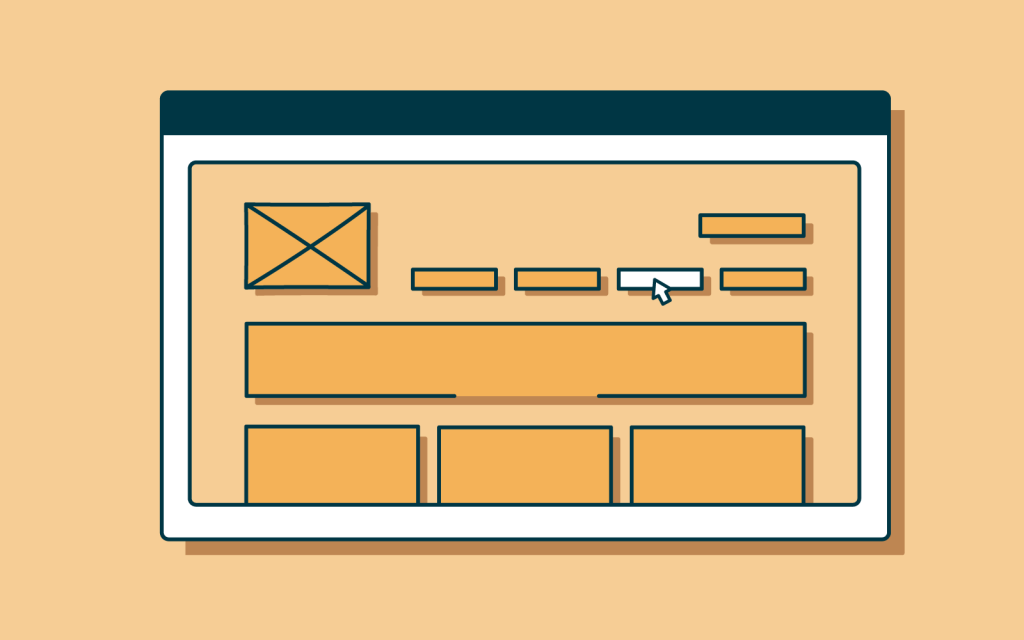
Navigating the Importance of Information Architecture in UI Design
By Udit Agarwal

In the ever-expanding digital landscape, where information is abundant, and attention spans are fleeting, the role of Information Architecture (IA) in User Interface (UI) design has become increasingly critical. Information Architecture is the blueprint that shapes the organization, structure, and accessibility of content within a digital interface, ensuring a seamless and intuitive user experience. Navigating through the complexities of IA is essential for designers and businesses striving to create interfaces that captivate users aesthetically and guide them effortlessly through a meaningful and purposeful journey.
Defining Information Architecture:
Information Architecture is the art and science of organizing and structuring information to facilitate effective communication and navigation. In UI design, the structural foundation supports the user’s interaction with a digital product. IA is about making information findable, understandable, and navigable.
The Pillars of Information Architecture:
Organization:
At its core, IA is about organizing information in a way that makes sense to users. This involves categorizing content, creating taxonomies, and establishing hierarchies to ensure users can quickly locate the information they seek.
Navigation:
Navigation is the roadmap users follow within a digital interface. A well-designed navigation system ensures users can move seamlessly between different sections, pages, or features, enhancing the overall user experience.
Labeling:
Clarity in labeling is paramount. Clear and concise labels help users understand the purpose and content of each section, button, or link, reducing cognitive load and fostering a sense of familiarity.
Searchability:
While effective organization and navigation are crucial, providing users with a robust search functionality is equally important. A search feature allows users to find specific information quickly, bypassing the need for extensive navigation.
Context:
Contextual relevance is critical to a successful IA. Information should be presented to align with the user’s expectations and context, guiding them logically through the interface.
The Impact of Information Architecture on UI Design:
Enhanced User Experience:
A well-structured IA directly contributes to an enhanced user experience. When users can effortlessly find what they’re looking for, it reduces frustration, encourages exploration, and fosters a positive perception of the digital product.
Reduced Cognitive Load:
Effective IA minimizes cognitive load by presenting information in a logical and organized manner. Users don’t have to expend unnecessary mental effort to understand the interface’s structure, allowing them to focus on their primary goals.
Increased Engagement:
Intuitive navigation and organized content contribute to increased user engagement. When users can quickly discover relevant information or features, they are more likely to spend time interacting with the interface.
Accessibility and Inclusivity:
A thoughtful IA design promotes accessibility and inclusivity. Clear labeling and logical organization benefit users with varying levels of digital literacy, ensuring the interface is user-friendly for a diverse audience.
Support for Scalability:
As digital products evolve and expand, a well-established IA provides a scalable framework; whether introducing new features, content, or sections, a solid IA foundation allows for seamless integration without compromising the overall user experience.
Best Practices in Information Architecture:
User Research:
Understand your users. Conduct user research to identify their needs, preferences, and behaviors. This knowledge is the foundation for crafting an IA that aligns with user expectations.
Card Sorting:
Card sorting exercises help in understanding how users naturally categorize information. This valuable insight informs the creation of intuitive information hierarchies.
Wireframing:
Develop wireframes to represent the skeletal structure of the interface visually. Wireframes serve as a tangible representation of the IA, allowing designers to refine the organization and flow of information.

Iterative Testing:
Information Architecture is not a one-size-fits-all solution. Conduct iterative testing to gather user feedback and refine the IA based on real-world interactions.
Consistency:
Maintain consistency in labeling, navigation patterns, and overall design elements. Consistency fosters predictability, helping users navigate the interface with confidence.
Mobile Responsiveness:
Given the prevalence of mobile devices, ensure that the IA is optimized for mobile responsiveness. Consider how information is organized and presented on smaller screens without compromising usability.
Challenges in Information Architecture:
Complexity:
Balancing the complexity of information while keeping the interface simple is a challenge. Designers must find a sweet spot that provides depth without overwhelming users.
Changing User Needs:
User needs and expectations evolve. Designers must stay adaptable and ready to adjust the IA to accommodate changing user behaviors and preferences.
Cross-Platform Consistency:
Maintaining consistency across different platforms and devices can be challenging. Designers must ensure that the IA remains coherent, whether users access the interface on a desktop, tablet, or mobile device.
Conclusion:
In the dynamic world of UI design, Information Architecture stands as a guiding force that shapes the user’s journey through digital landscapes. Navigating its intricacies requires user-centric thinking, strategic organization, and ongoing refinement. Information Architecture’s importance will only intensify as technology advances, solidifying its role as a cornerstone in creating meaningful and user-friendly digital experiences. Designers and businesses prioritizing IA’s intricacies are better positioned to meet and exceed their users’ expectations in an ever-evolving digital ecosystem.